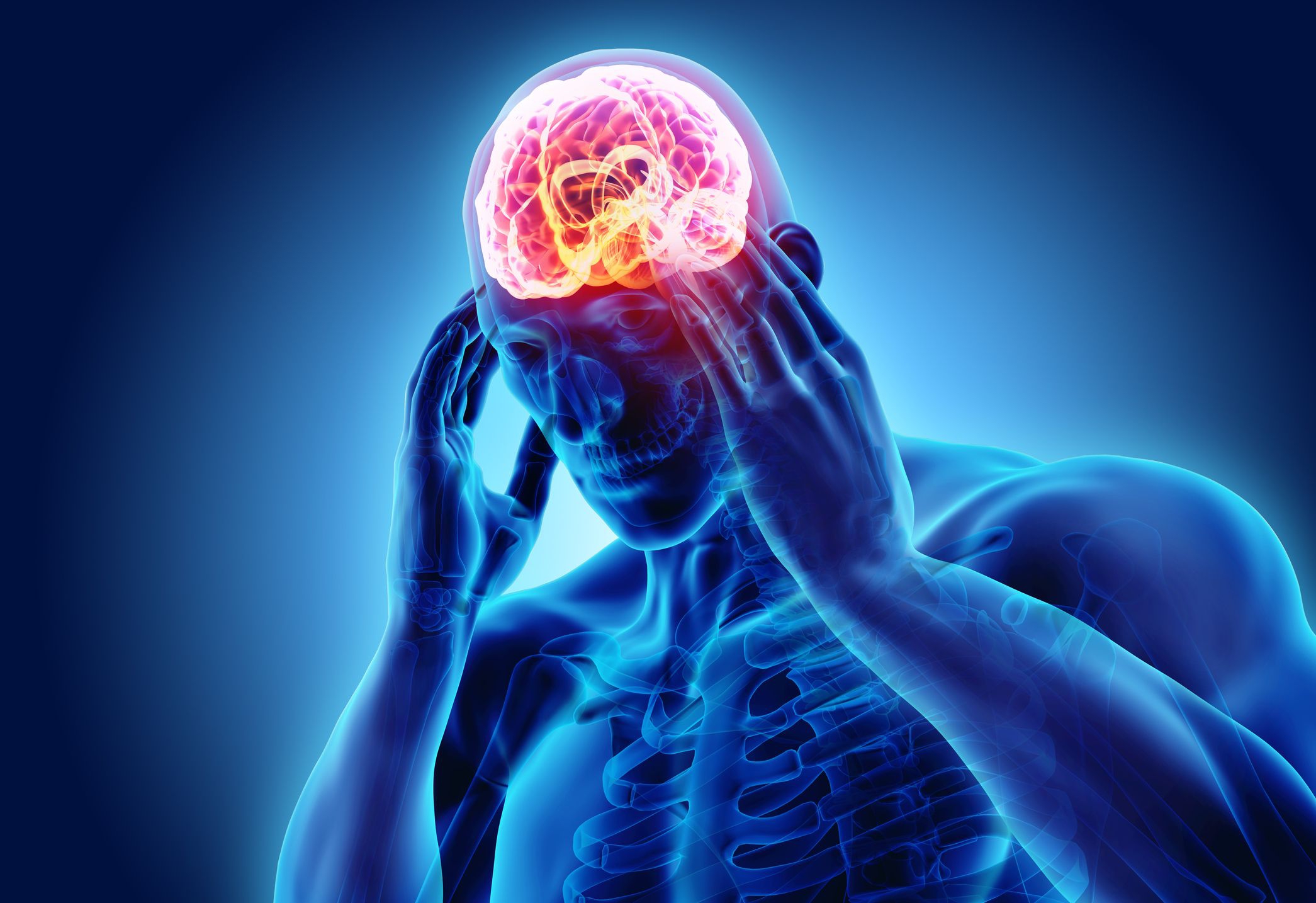Introduction:
Pain, a universal human experience, often presents paradoxes that challenge our understanding. Amidst these contradictions lies the intricate relationship between pain and anxiety, two phenomena seemingly at odds yet intimately intertwined. In this article, we embark on a journey through the paradoxes of pain, exploring how anxiety influences its perception, modulation, and management.
The Complexity of Pain Perception:
Pain perception is a multifaceted phenomenon influenced by biological, psychological, and social factors. While pain serves as a vital warning signal to protect the body from harm, its experience is not solely determined by the severity of tissue damage. Instead, cognitive, emotional, and contextual factors play a significant role in shaping how pain is perceived and interpreted by the brain.
The Link Between Anxiety and Pain:
Anxiety, characterized by excessive worry and fear, can profoundly influence pain perception. Individuals with anxiety disorders often exhibit heightened sensitivity to pain, even in the absence of significant tissue damage. This hypersensitivity can be attributed to neurobiological mechanisms that sensitize the nervous system, amplifying the transmission of pain signals to the brain.
The Bidirectional Relationship:
Research suggests a bidirectional relationship between anxiety and pain, wherein each can exacerbate the other. Chronic pain conditions are commonly comorbid with anxiety disorders, and individuals with anxiety are more likely to experience heightened pain sensitivity. This reciprocal relationship underscores the intertwined nature of these phenomena and highlights the need for integrated approaches to their management.
Anxiety's Impact on Pain Thresholds:
People who are anxious are more likely to experience pain even in reaction to little stimuli because anxiety can lower pain thresholds. Heightened arousal and muscle tension associated with anxiety can amplify the perception of pain, leading to increased distress and disability. Furthermore, anxiety-induced catastrophizing, where individuals magnify the perceived threat of pain, can further exacerbate the experience of pain and contribute to a cycle of heightened anxiety and increased pain perception.
The Function of Fear in Sensation of Pain:
Fear of pain plays a significant role in modulating pain perception and behavior. Anticipatory anxiety, characterized by worry and apprehension about future pain, can prime the nervous system for heightened sensitivity. Fear-avoidance behaviors, such as avoiding activities that may exacerbate pain, can perpetuate the cycle of pain and anxiety, leading to functional impairment and reduced quality of life.
Psychological Aspects of Pain Management:
Cognitive and emotional factors play a crucial role in shaping the pain experience. Anxiety can skew cognitive functions, causing one to interpret pain negatively and pay more attention to stimuli associated with pain. This increased awareness might worsen the pain-distress loop by increasing the perceived severity of pain and fostering the emergence of anxiety connected to pain.
Pain in the Biopsychosocial Model:
The biopsychosocial model of pain highlights how social, psychological, and biological variables interact to shape the experience of pain. Anxiety influences each of these domains, affecting pain processing at multiple levels. Biological factors, such as stress hormones and neurotransmitter imbalances, can interact with psychological factors, such as cognitive biases and emotional distress, to modulate pain perception. How people experience and manage pain in the setting of anxiety can also be influenced by social variables, such as cultural views on pain and social support.
Implications for Treatment:
Recognizing the paradoxical nature of pain in the context of anxiety is essential for effective treatment. The most successful strategies frequently take an integrated approach, addressing both the psychological and physiological components of pain. Through the modification of maladaptive thought patterns and the promotion of adaptive coping skills, cognitive-behavioral therapy (CBT), mindfulness-based therapies, and relaxation techniques have been demonstrated to be beneficial in lowering pain and anxiety.
Certain patients may also benefit from pharmacological therapies that target anxiety and pain, such as serotonin-norepinephrine reuptake inhibitors (SNRIs) and selective serotonin reuptake inhibitors (SSRIs). It is imperative to weigh the possible advantages of medication against the possibility of adverse reactions and dependence.
Conclusion:
Pain's paradoxical nature is exemplified in its intricate relationship with anxiety, where heightened sensitivity to pain coexists with the fear of experiencing it. By understanding the complex interplay between pain and anxiety, healthcare providers can develop more comprehensive approaches to pain management that address the underlying psychological factors contributing to distress. Through integrated interventions that target both pain and anxiety, individuals can experience improved quality of life and well-being, navigating the paradoxes of pain with resilience and hope.




